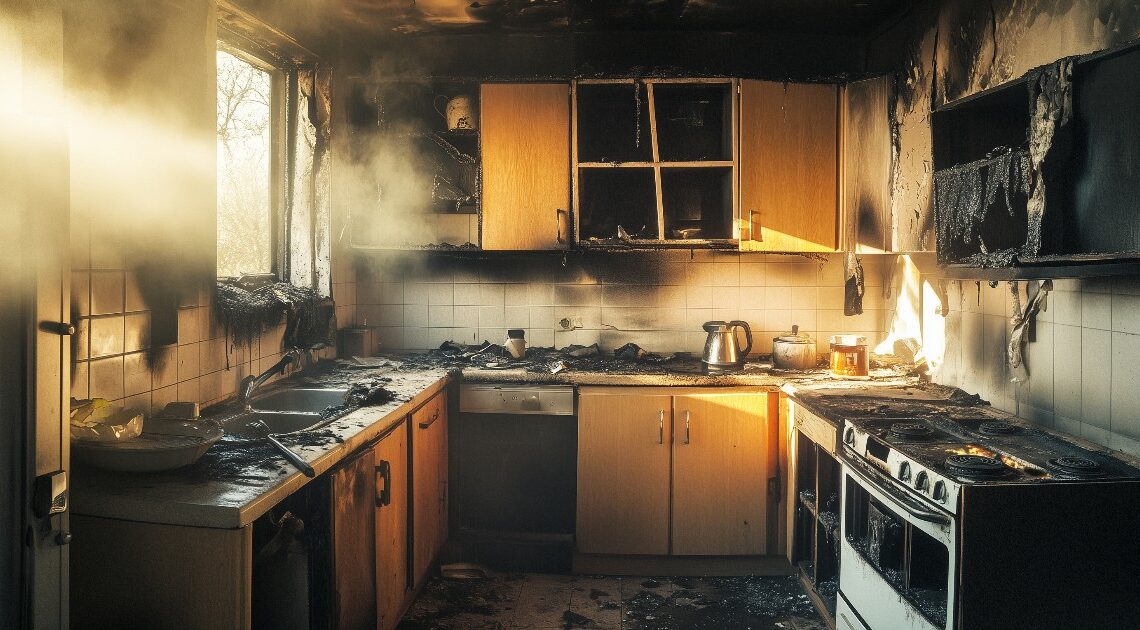After a fire, property owners often face the difficult task of cleaning up and rebuilding. One of the most important first steps in this process is getting a professional fire damage assessment. This helps figure out how much damage the fire, smoke, soot, and water have caused, and it helps guide the entire restoration process.
What Is a Fire Damage Assessment?
A fire damage assessment is a full inspection of a building after a fire. It looks at damage not just from flames, but also from smoke, soot, and the water used to put out the fire. This includes damage to walls, ceilings, floors, furniture, electrical wiring, and plumbing. Selling Tips for Houston Properties often recommend getting a thorough fire damage assessment, as some damage may not be obvious initially, so trained professionals are needed to find all the issues.
This step is important because it creates a detailed report on the damage, which helps with planning the repairs and estimating the cost. It also helps when filing insurance claims. Without a proper assessment, parts of the property might stay unsafe, and the final repairs could end up costing more.
Key Parts of a Fire Damage Assessment
- Initial Check: A basic overview to see how far the damage has spread from fire, smoke, and water.
- Structural Review: Inspection of walls, floors, ceilings, and the roof to ensure the building is still safe to enter and work in.
- Interior Damage: A closer look at furniture, flooring, and other items inside the building, including any hidden damage.
- Utility Checks: Inspection of plumbing, gas, and electrical systems to identify any risks or needed repairs.
- Damage Report: A full list of what is damaged and what is not, which helps with insurance and planning.
- Cost Estimate: Based on the findings, professionals provide an estimated cost for fixing all the damage.
Tools and Skills Used by Professionals
Fire damage can be complicated, so professionals use special tools to spot hidden problems. These tools include:
- Infrared cameras to find heat damage and moisture behind walls.
- Moisture meters to check for water damage that might lead to mould.
- Air quality monitors to detect harmful smoke particles.
- Soot testing kits to find out how bad the residue is.
- 3D scanners to create digital models of the damaged areas.
Trained professionals also understand how different materials react to fire, smoke, and water. This helps prevent further damage during cleaning and repairs.
Why It Matters
Bringing in experts to assess fire damage helps make sure your home or business is safe and that all problems are properly identified. They help prevent health risks, avoid unexpected repair costs, and create a step-by-step plan for bringing your property back to its original condition.
A fire can be devastating, but a proper damage assessment is the first step toward a full recovery. It saves time, and money, and gives you peace of mind during the restoration process.

